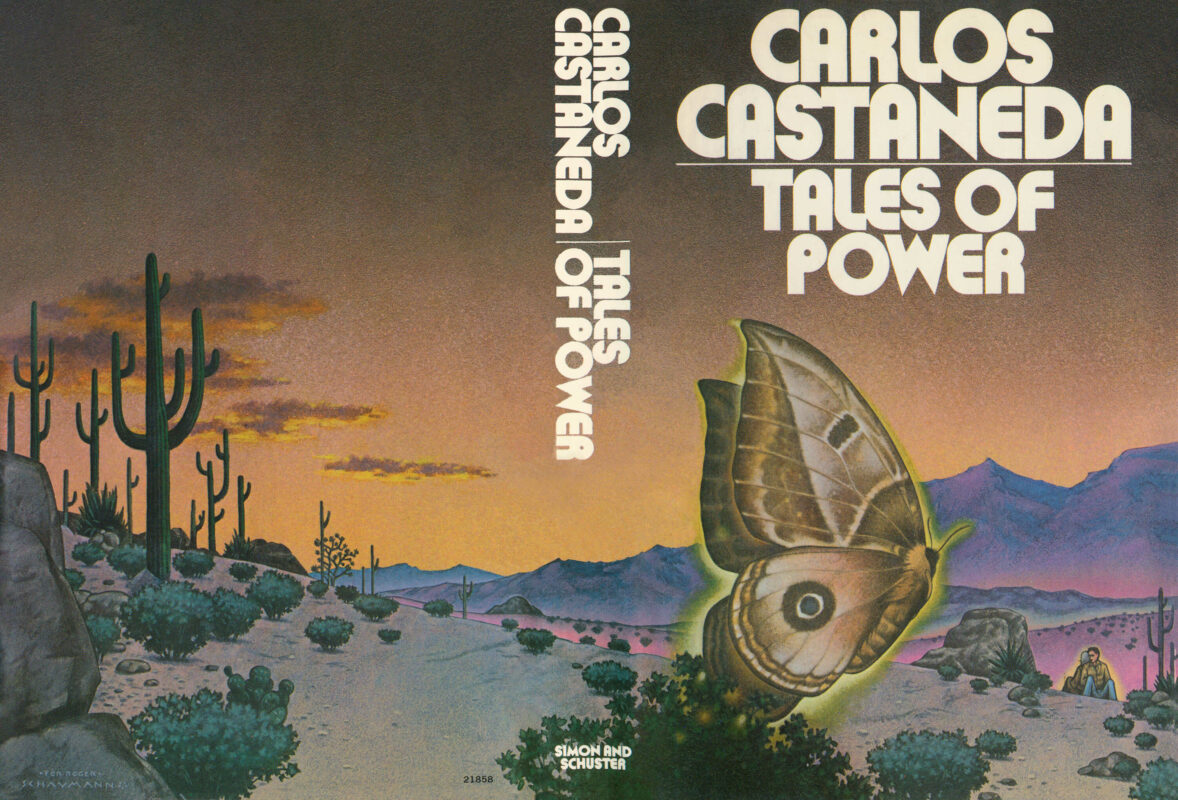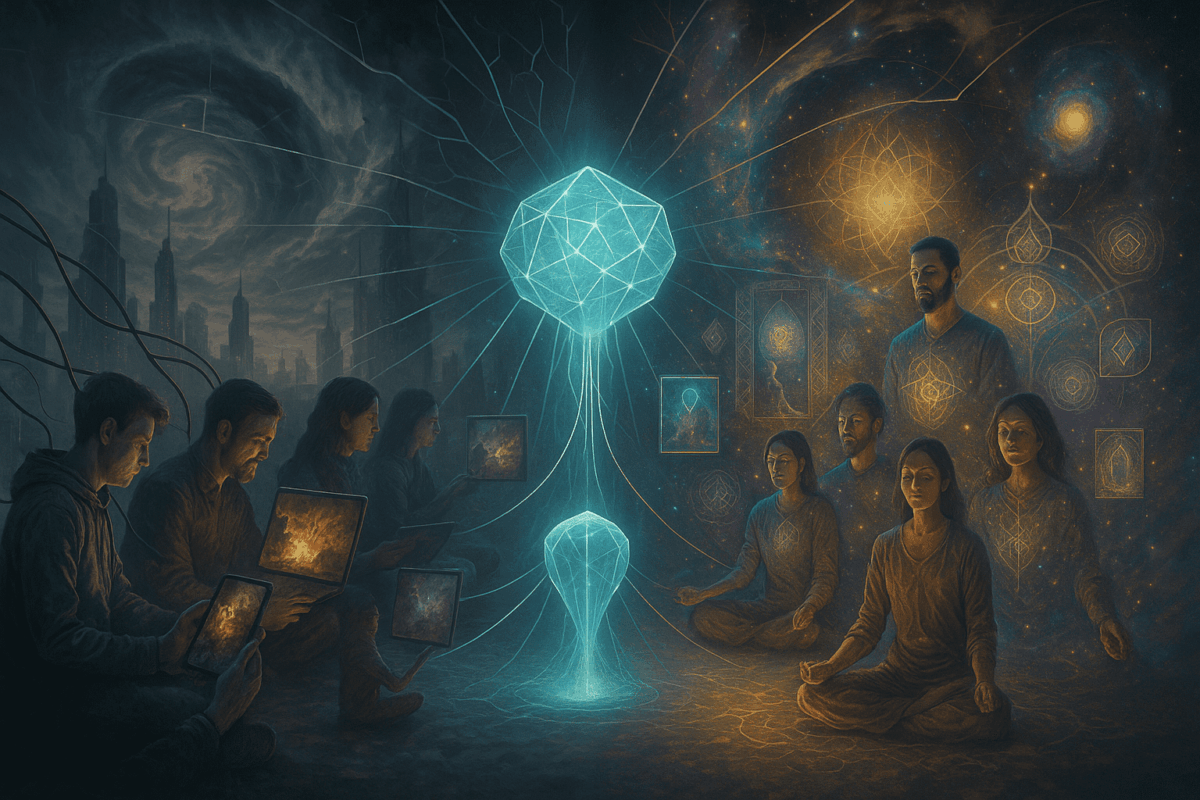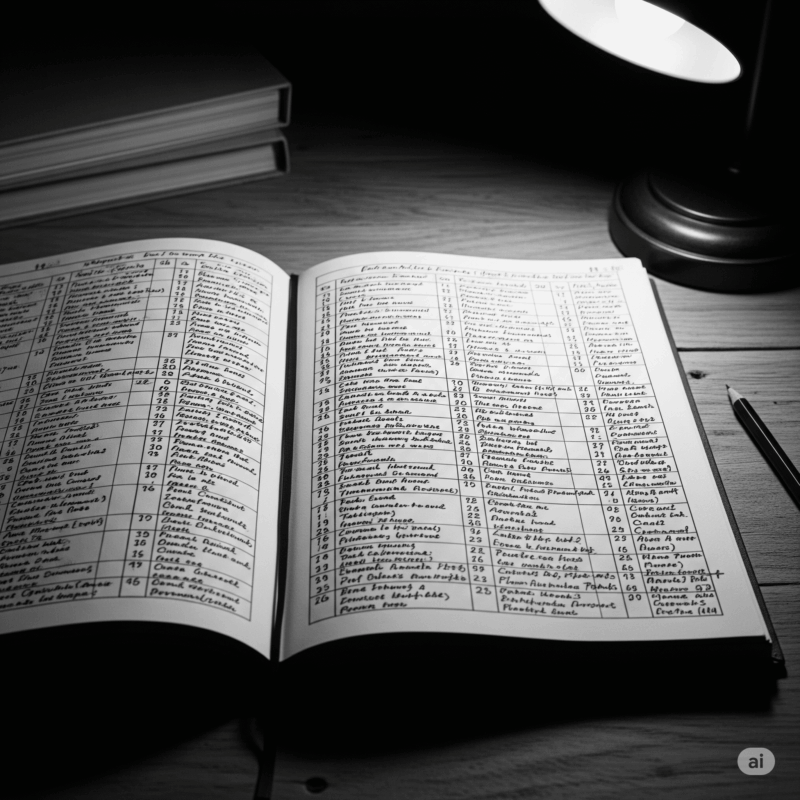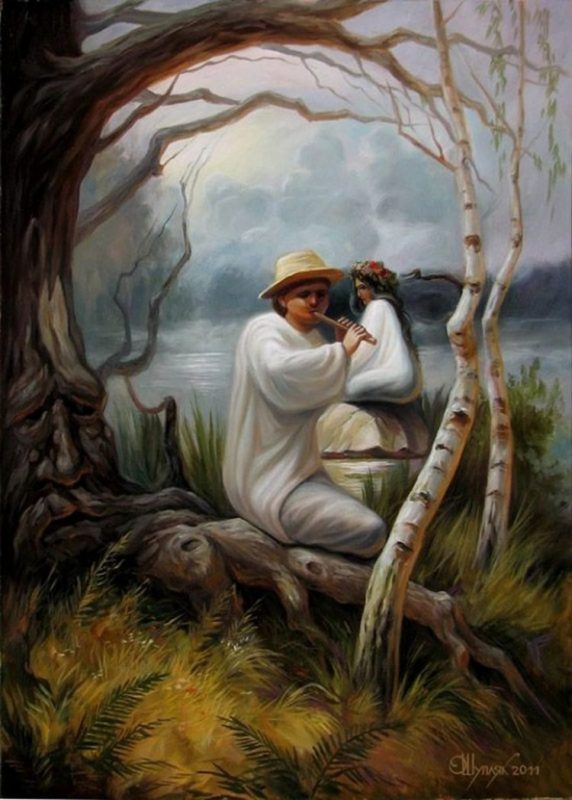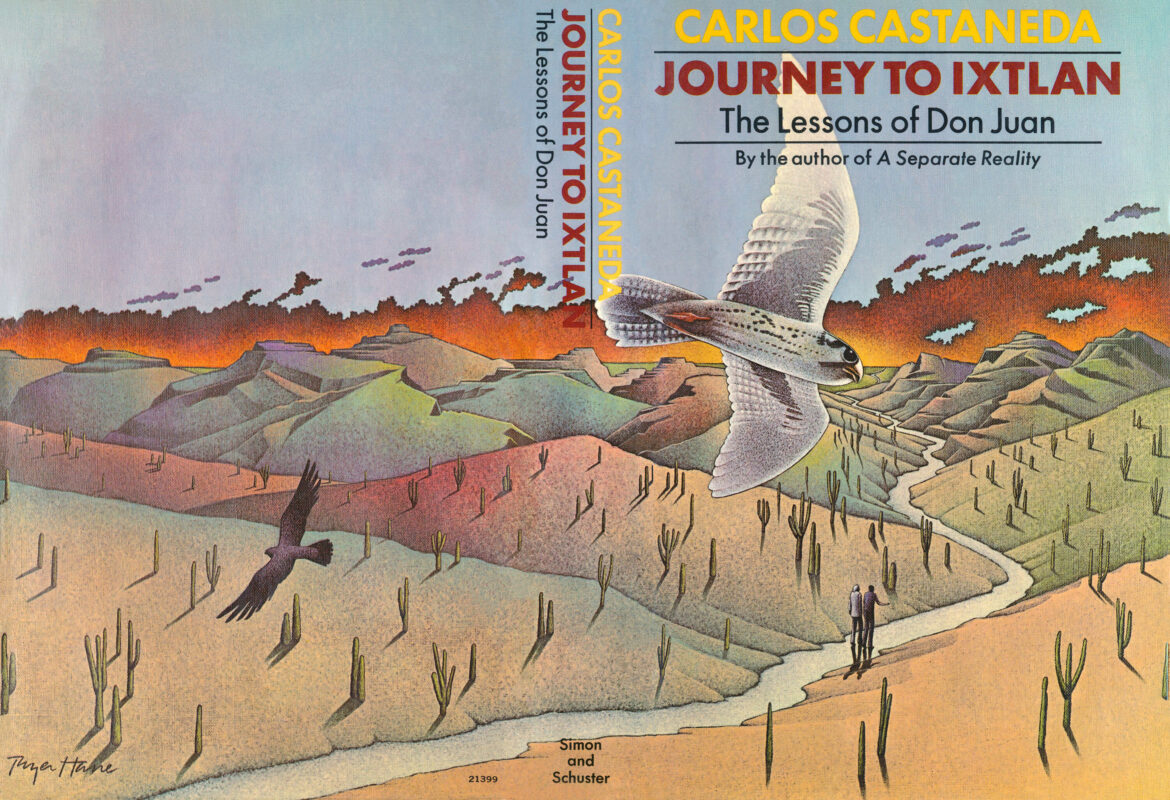A Witness to the Acts of Power – The Secret of The Luminous Beings
In this chapter, Don Juan and Don Genaro initiated a series of challenging tests designed to push me beyond my conventional understanding, culminating in a demonstration of “the secret of the luminous beings.” Through exercises in focusing my will and stopping internal dialogue, I experienced profound perceptual shifts, such as witnessing “the ally” as a moth and “seeing” people as energetic forms. Don Juan explained that all beings are luminous and that our perception is governed by an “assemblage point” that can be moved through discipline and personal power. The chapter concluded with Don Genaro’s astonishing reappearance, which further blurred the lines between ordinary reality and the sorcerers’ world, emphasizing that my reason alone was insufficient to grasp these events and that true understanding lay in direct perception and the cultivation of my will.
A Witness to the Acts of Power – The Secret of The Luminous Beings Read More »
